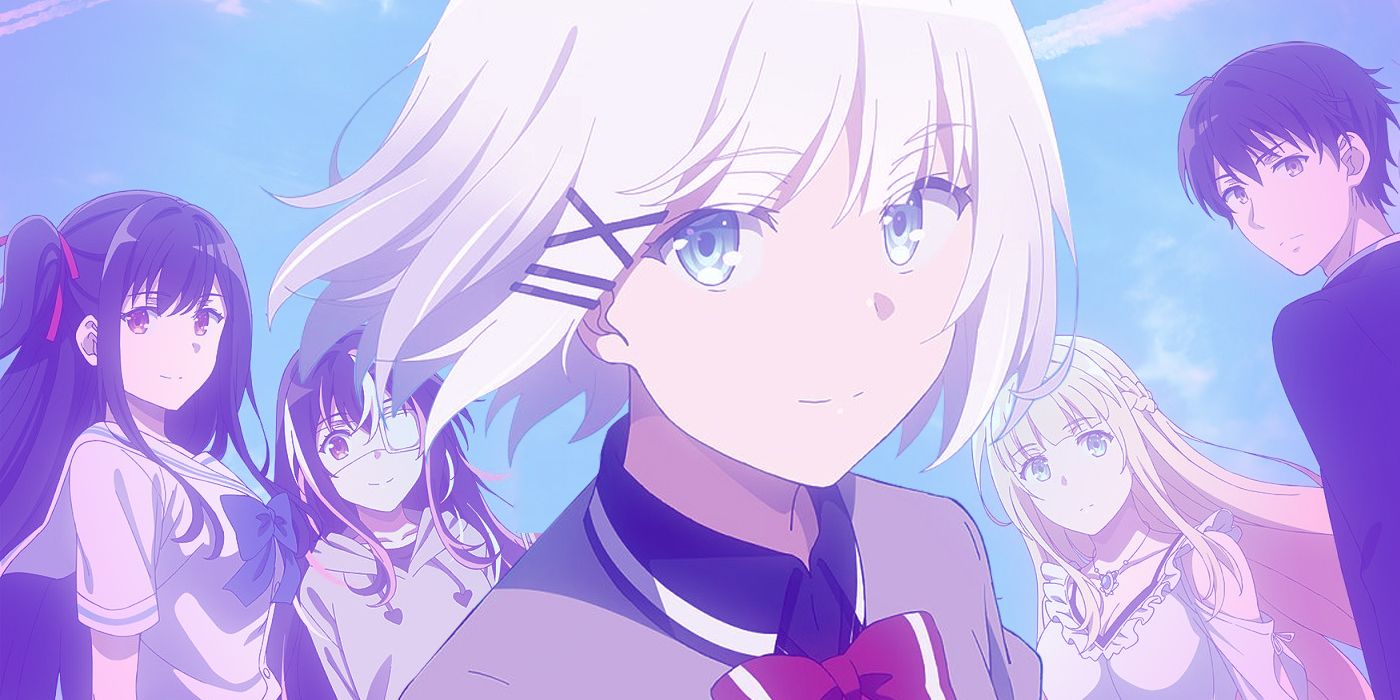
The Detective Is Already Dead aka Tantei wa Mou Shindeiru (Tanmoshi) is a hugely popular franchise in Japan. With five light novels published and a sixth book set to be released in November, Tanmoshi earned a strong enough fan following in Japan to justify both a manga and anime adaptation within two years of the first book coming out. An audiobook version of the first novel is even set to be released in Japan in October, with Tanmoshi anime lead actors Saki Miyashita (Siesta) and Arata Nagai (Kimihiko Kimizuka) reprising their roles.
With all that Tanmoshi has going for it in Japan, it’s no surprise both Funimation and Yen Press brought the series over to the US. Funimation licensed the anime adaption for streaming while Yen Press licensed both the original light novels and manga adaptation. So why isn’t the franchise achieving the same level of rapid success in the US as it did in Japan? There are a few possible reasons for this, but they all seem to converge on two central problems: accessibility and poor timing.
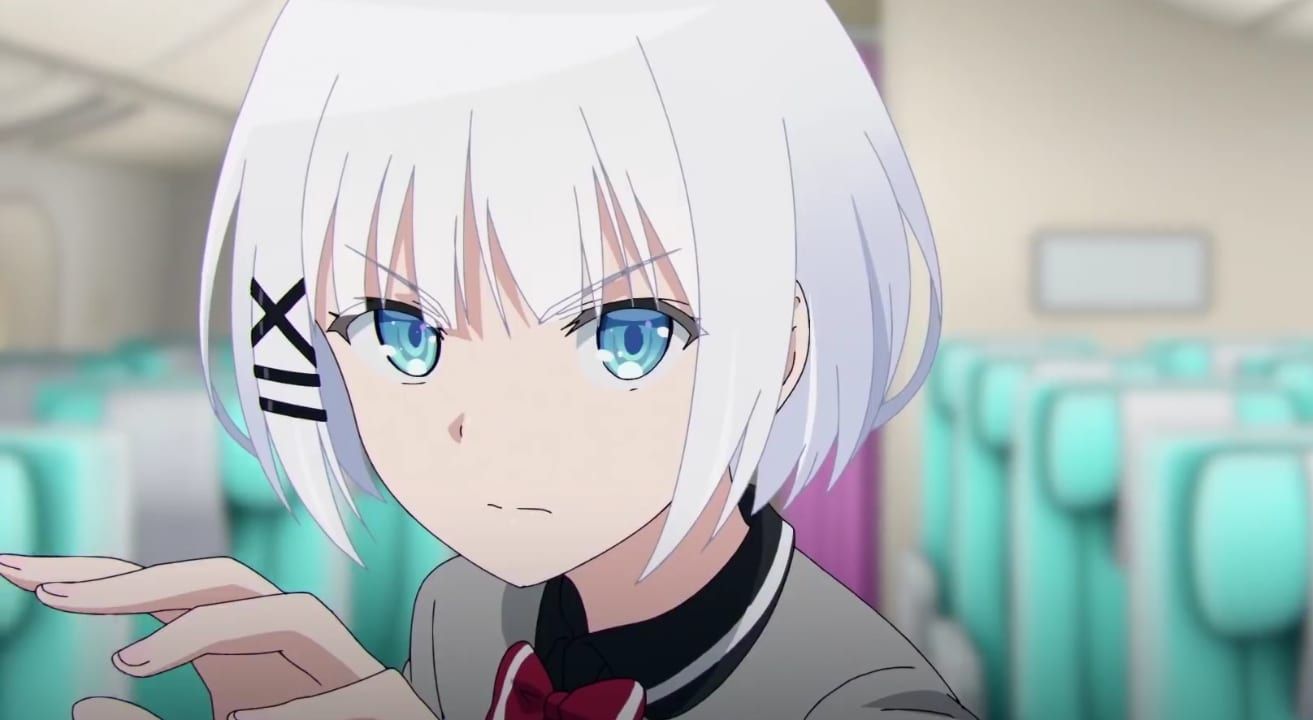
Every new series has the unenviable task of needing to make a strong first impression. Beyond that, the series needs to be able to sustain an audience through thoughtful storytelling and strong character development. In the case of Tanmoshi, it fell on the anime adaption to make that first impression on the American audience, as most of the source material is not yet available in English. It also fell on Funimation to heavily promote the series to reach the widest audience possible. A combination of the anime adaptation being many fans' introduction to the franchise and a lack of sufficient promotion may have contributed to its languishing in the US.
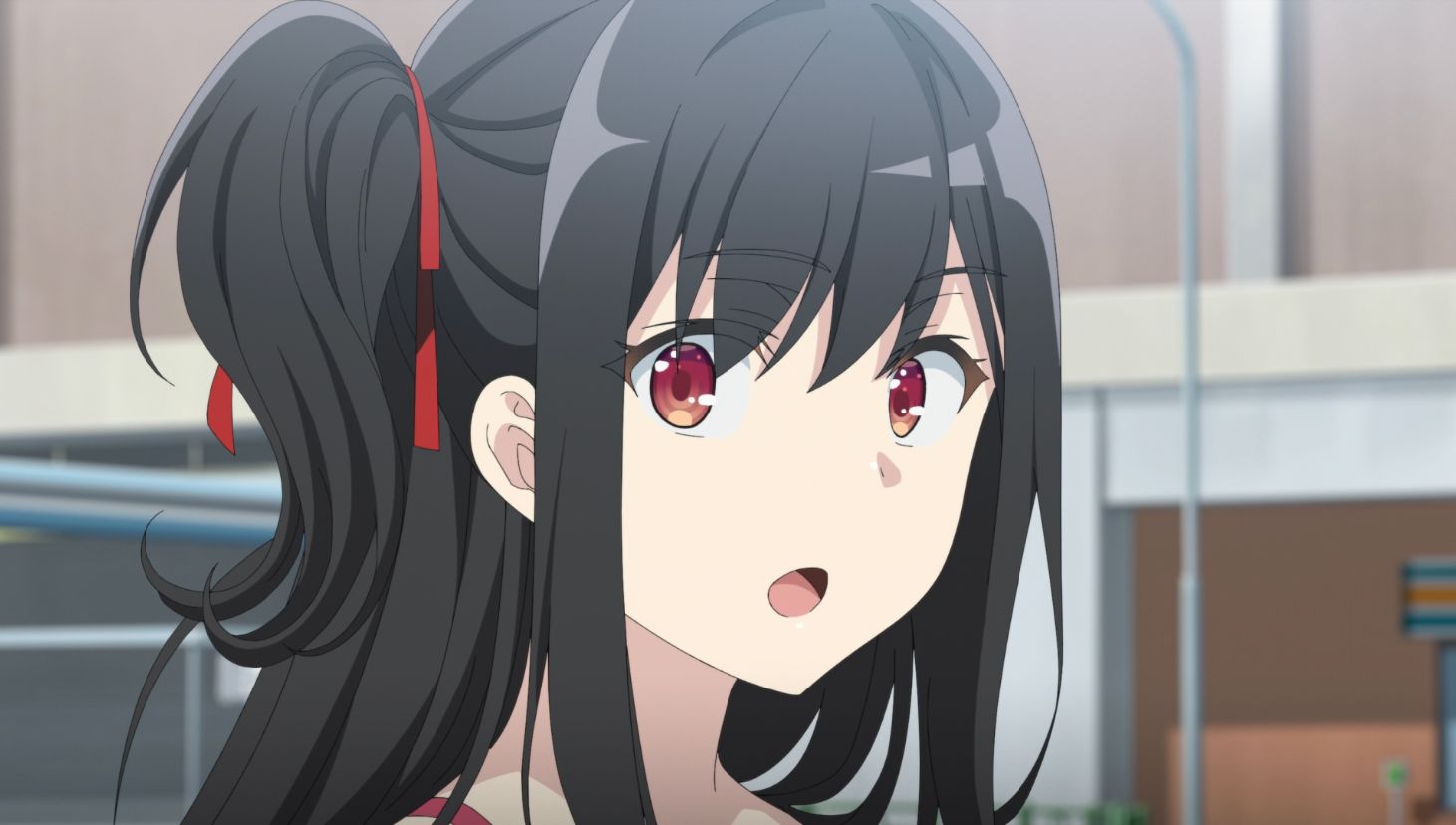
Related to the first point, a significant factor that may have hurt Tanmoshi's success in the US is the fact the original light novels were not released in English prior to the anime adaptation. While the popularity of light novels in the US is still in its infancy and will take time to achieve the same level of profitability manga acquired over the course of three decades, it still has a bit of a fan following amongst US readers. In American publishers not licensing the light novels within the two years Tanmoshi gained traction in Japan, the series missed an opportunity to capitalize on a growing market in the US.
A way Tanmoshi could've started building an audience is if the manga adaptation that began in Japan in May 2020 had been licensed in the US in late 2020 and released in early 2021. If anything, the manga adaptation would've given Tanmoshi the greatest shot at attracting a larger fanbase, since many American anime fans tend to become invested in new series via manga. Not only are manga series easily found in book stores and at major retailers like Amazon, but they're also available digitally via apps like Comixology for an affordable price. The fact the Tanmoshi manga follows the light novels closely would've given American fans a similar reading experience as the original source material.
Unfortunately for American fans, only the first volume of the light novel series is available in English with the second volume not set to be released until the last week of October. The first volume of the manga is similarly not set to be released until either late October or late November. For American fans who watched the anime and want to check out either the light novels or manga to understand the story better, they're stuck waiting, and that's assuming they don't lose interest by the time the fall anime season starts in October.
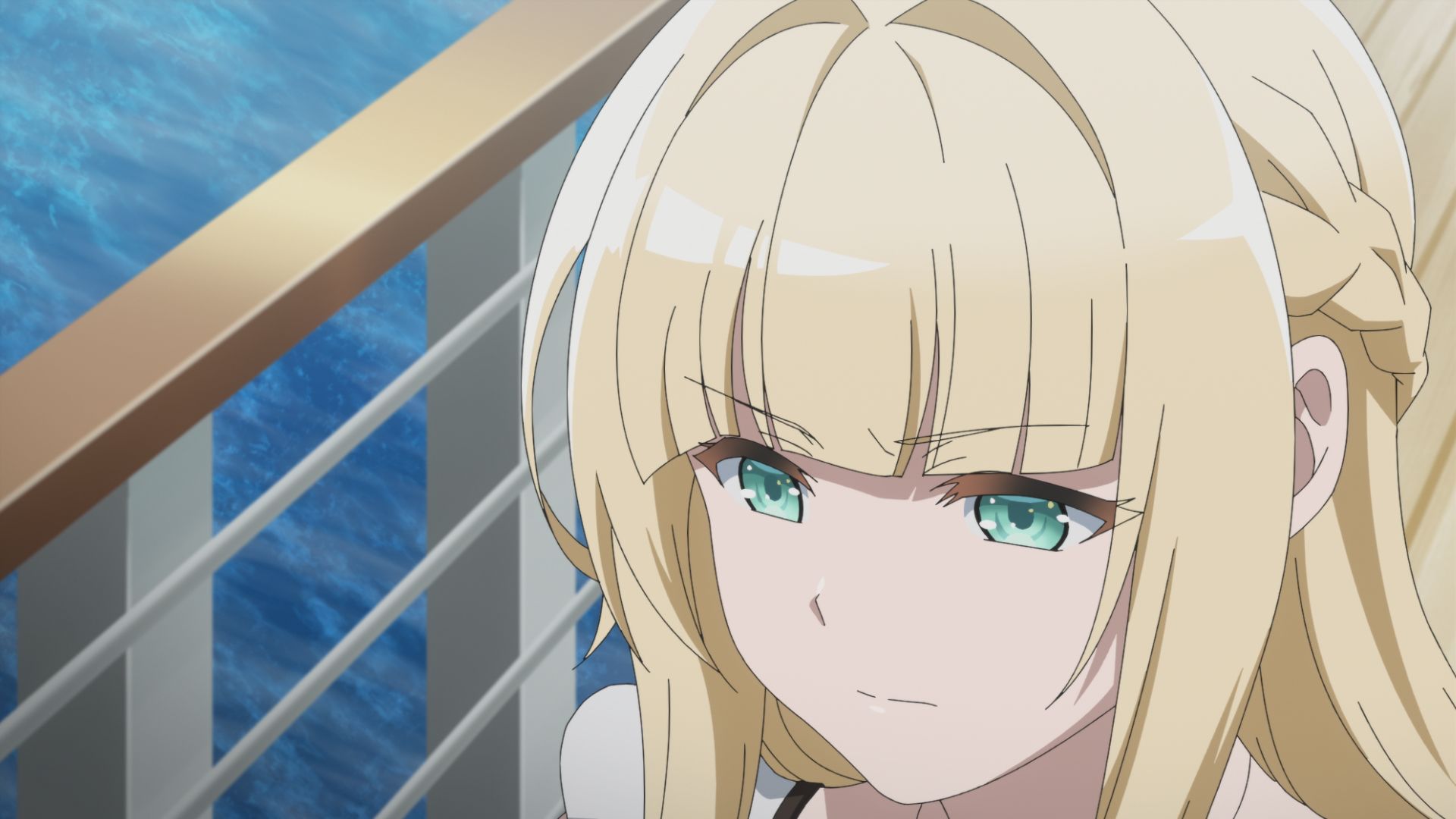
Another significant factor that may have hurt Tanmoshi's success in the US is the fact that the anime adaptation is only available for streaming on Funimation, which doesn't have the wider reach of major streaming services like Hulu, Netflix and HBO Max. Had Funimation struck a deal with at least one of the other three major streaming platforms, this may have helped make the series more accessible to a wider audience.
One other thing that could've helped Tanmoshi reach a wider audience is if the anime had also been broadcast on television like on Adult Swim's Toonami block. This, of course, would've meant giving the series an English dub, which it currently doesn't have. While some fans may prefer to watch anime in the original Japanese with subtitles for a more authentic experience, the same is not necessarily true of a mainstream American audience, who may prefer to experience the series in English over reading subtitles.
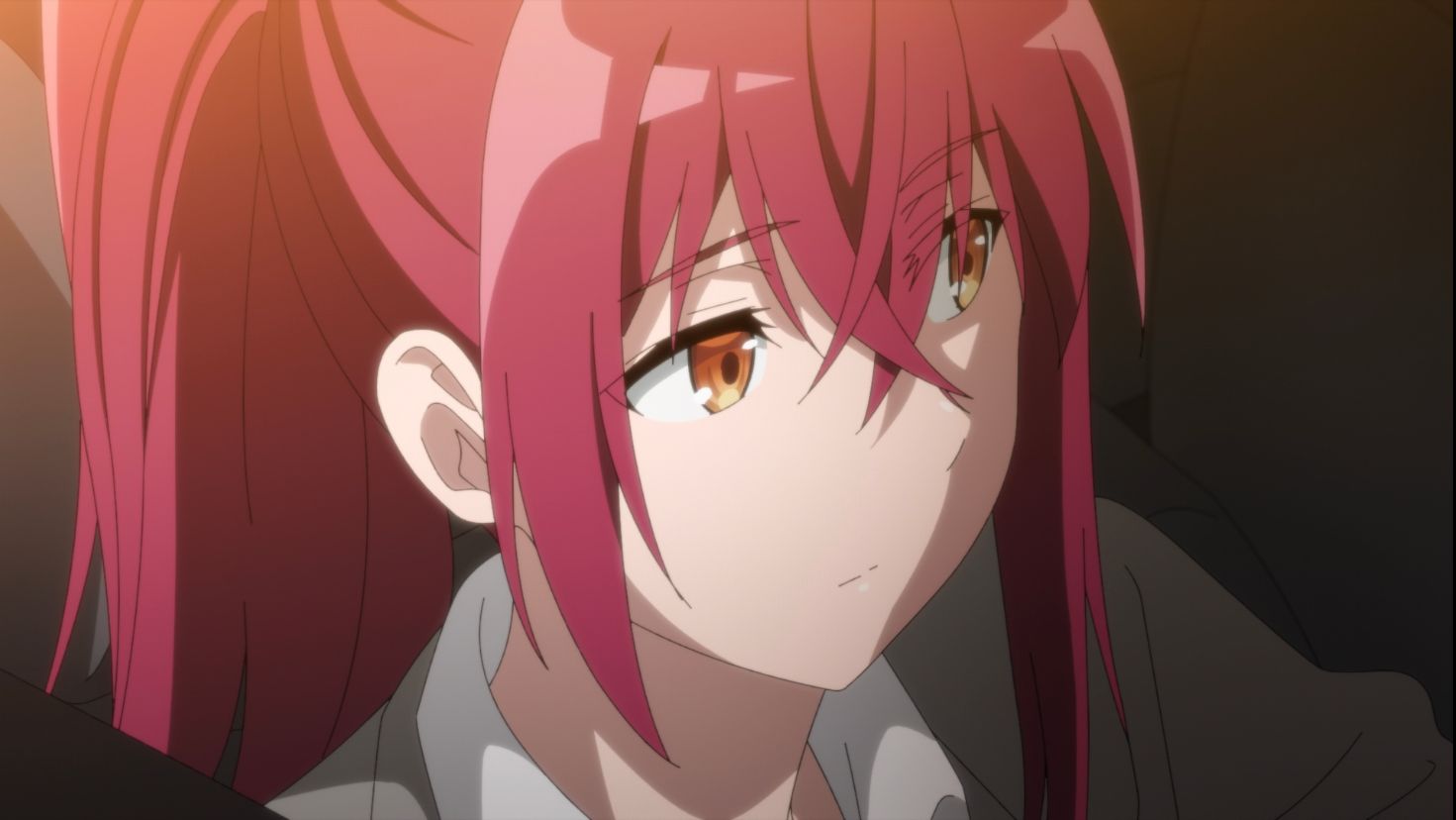
The last thing that may have hurt Tanmoshi's success with the US audience is the flawed structure of the anime itself. To be fair to the animators at ENGI, Tanmoshi was always going to be a challenging story to adapt into a 12-episode anime, thanks to the light novel's own unconventional story structure. Not only does the story switch back and forth between past and present timelines, but it also doesn’t visit past events in chronological order. This style of storytelling naturally forced the ENGI animators to figure out a way to streamline the story so that it'd fit the format of 12 half-hour episodes.
One way the animators attempted to streamline the story was by dropping minor episodes from both Vols. 1 and 2 of the light novels to combine the core storylines of both books into a cohesive story. The problem, however, was that the minor episodes contained important information that's later referenced in the present timeline. The anime adaptation kept the references but dropped their sources, which naturally made viewers feel like they missed something.
Another thing that didn't help was how certain aspects of the story were rearranged for the anime adaptation. This took the form of combining two of the Siesta-centric episodes into a one-hour pilot episode and inserting the main story arc of Vol. 2 right smack in the middle of the main story arc of Vol. 1. This strange story rearrangement was bound to feel a bit disjointed for American viewers. This actually may have contributed to the third problem that hurt American fans' experience with the anime: they found Siesta -- who was meant to have a minor role in the story -- way more compelling as a character than the main cast of characters.
When examined as a whole, too many factors built up to set Tanmoshi up to fail with American fans in a way that never happened with Japanese fans. The first thing that set it off to a bad start was not releasing the light novels or manga adaptation ahead of the anime, which had structural flaws that made it difficult to build an audience. The second thing that set it off to a bad start was not making the anime available on other platforms to increase its likelihood of success. As such, Tanmoshi fell victim to both poor timing and poor accessibility in the US.
0 Comments